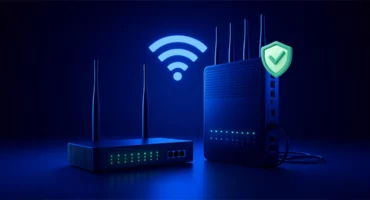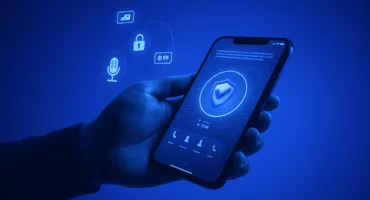Google Chrome User Location: How to Change It Quickly?

Google Chrome is a browser from the search engine leader Google. Like other Google products, Chrome is distinguished by its thoughtfulness and user-friendliness of the interface. It is characterized by the absence of redundancies, high quality, and speed.
Key Features of Google Chrome Browser
The possibilities of Chrome are quite significant:
- Ability to search directly from the search bar Chrome;
- Incognito mode in which page history is not stored;
- Convenient bookmark menu;
- Automatic blocking of pop-up windows;
- Text spelling check;
- Ability to quickly translate the text of the displayed page;
- Built-in tool for viewing PDF documents;
- Ability to use hotkeys, etc.
All of the above features make Google Chrome one of the best browsers today.
Location in Chrome: What Is It?
As it is known, Google Chrome defines the location of users. There are many causes for this. Thus, for example, some online platforms collect user location data to better position their products or services. Mobile devices track geodata to provide users with accurate information about weather, nearby landmarks, etc. But if you do not care about this information, you should stop tracking your location by Google Chrome.
A common reason for changing your geodata is the need to access content that is not available in your present location. Whatever the reason, changing geodata is real. And today, every network user can do it without any problems.
How Does Google Chrome Know Your Location?
Google Chrome determines the location of users using a Wi-Fi connection, GPS, or IP address.
Wi-Fi
All wireless networks or routers transmit a basic service set identifier (BSSID). This is token is used to define the identification point of a router or network. It does not represent any factual location information. However, it can be obtained from the IP address to which the router has access.
BSSID information is publicly available. Therefore, the location can be easily determined.
GPS
All mobile devices and tablets are equipped with built-in equipment that can interact with GPS satellites. They, in turn, have a powerful radio transmitter that transmits the current time to a receiver. The receiver of GPS usually gets signals from many satellites. It then uses timestamps for calculation the location on the earth’s surface.
IP address
The Chrome browser can easily access the current location of a particular device via an IP address. This is a label that is assigned to all devices on the network. It is unique and works in much the same way as Wi-Fi when it comes to geodata.
Your IP address doesn’t determine your location. But the connection between the range of IP addresses, as well as the regions in your country, is established. These ratios can give a fairly accurate picture of your location. Although not as accurate as GPS.
iPhone or iPad: Geodata Options
Correct your settings if you want to change location on iPad or iPhone. Just do the following:
- Find the “Settings” tab on your device and go to the Google Chrome browser;
- Click Open the “Location” section and select the settings you need.
Android Device: How to Change Location?
It’s easy to alter the location on Android. For this, go to the Google Play Store and use the famous Fake GPS application. After installing the application, you should open it. You will see that your current location is displayed there. Open “Settings” and choose “Developer Options”. Then click “Set Fictitious Location”. Then return to the program and click “Start” to indicate another location.
PC or Mass: Modify Location Settings
If there is a need to alter the location on your computer, just go through several simple stages:
- Visit the Google Chrome browser and click on the three dots at the top. This action will help you open the settings section;
- Find “Advanced”, click “Privacy and Security”, and select “Site Settings”;
- Go to the “Location” section and disable “Ask before access”.
How VPN Can Help Change Your Location?
VPN is a cryptosystem (virtual private network) that allows you to protect data when transmitting it over an insecure network, such as the Internet. A VPN connection consists of a point-to-point channel called a tunnel. The tunnel is created in an unsecured network, which is often the Internet. A point-to-point connection means that it is established between two computers, called nodes. Each node is responsible for encrypting the data before it enters the tunnel and decrypting this data after they leave the tunnel.
The difference between VPNs and proxy servers is that VPNs transmit data through encrypted tunnels, which anonymize user traffic from the provider or government. The latter can only determine which VPN server they are using because your IP address and traffic are reliably encrypted before entering the tunnel.
In conclusion, it is important to note that VPN can hide your location and make you anonymous online. Using VeePN services, you don’t have to worry about your location being revealed. It is securely encrypted.
VeePN is freedom




